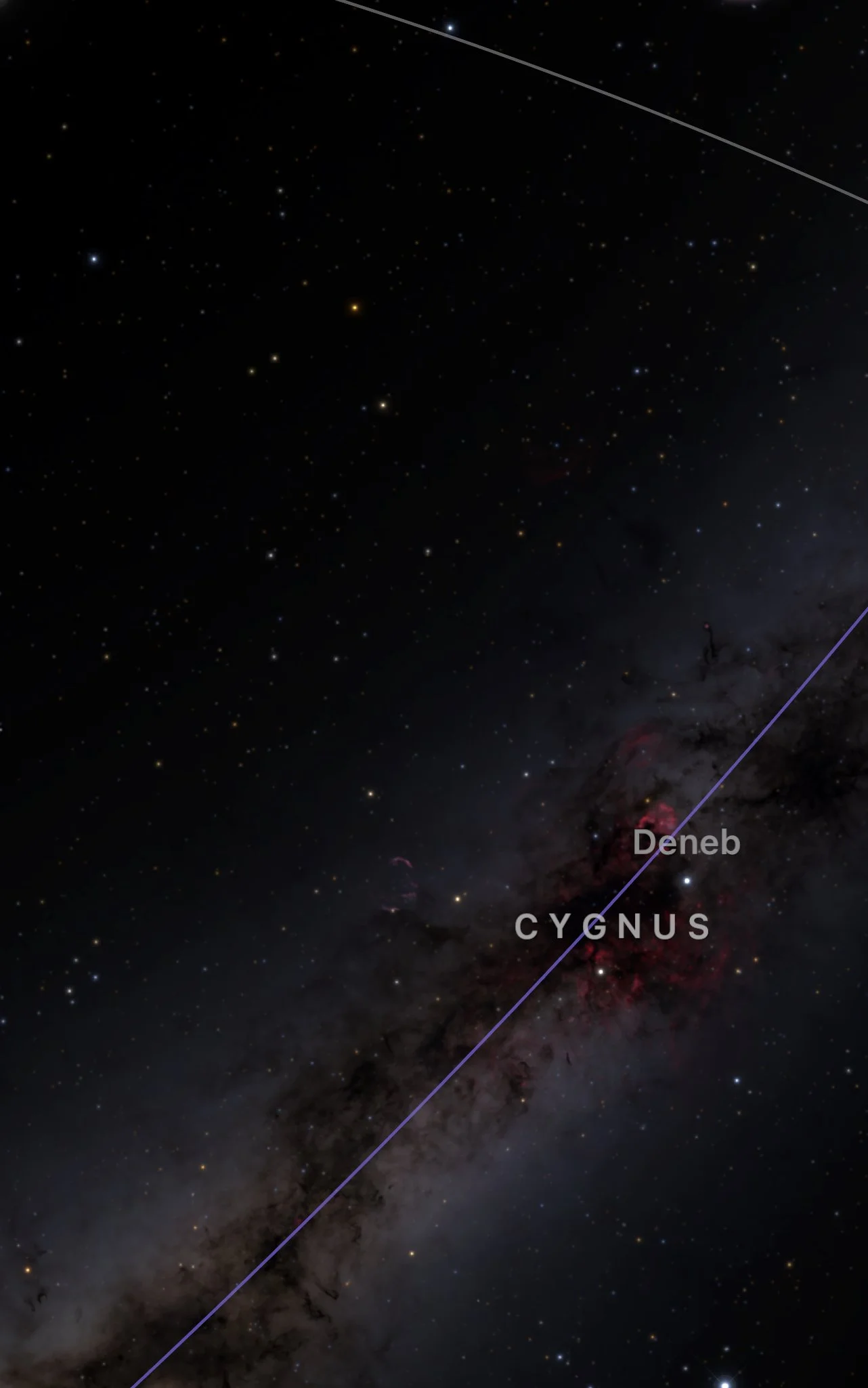FEATURED BLOG POSTS
Featured

BLOGPOST
BLOGPOST
Photographing the Full Moon: iPhone 15 Plus vs. the Corralejo Night Sky
BLOGPOST
BLOGPOST
BLOGPOST
BLOGPOST
LATEST POSTS
Featured
READ MORE BLOG POSTS HERE




